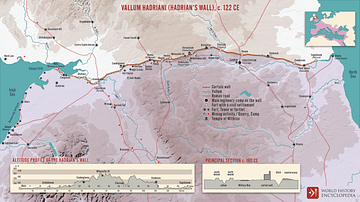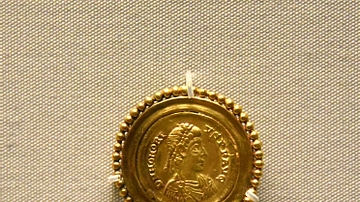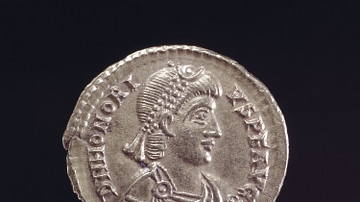Illustration
This map illustrates the expansion and administration of Roman rule in Britain between approximately 43 and 410 CE, tracing the transformation of the island into a Roman province. From initial military conquest to eventual withdrawal, Britannia became deeply integrated into the broader Roman world, both culturally and politically.
After Julius Caesar’s expeditions in 55 and 54 BCE across the Britannicus Oceanus (English Channel), nearly a century passed before Emperor Claudius (reign 41–54 CE) ordered the full-scale invasion of Britain in 43 CE. Roman rule introduced centralized governance, taxation, coinage, roads, towns, baths, and arenas. Over time, many Britons adopted Roman customs—wearing togas, speaking Latin, and enjoying imported luxuries. Roman control endured for almost four centuries, until relentless raids by Hibernians, Caledonians, Picts, and other northern groups strained imperial resources. In 410 CE, Emperor Honorius (reign 393–423 CE) withdrew the last Roman legions from Britain. However, not all Romans left—many veterans, administrators, and settlers remained, having no homeland to return to, marking a slow transition from Roman province to post-Roman society.
About the Author
Cite This Work
APA Style
Netchev, S. (2023, June 21). Roman Rule in Britain c. 43 - 410 CE. World History Encyclopedia. Retrieved from https://www.worldhistory.org/image/17564/roman-rule-in-britain-c-43---410-ce/
Chicago Style
Netchev, Simeon. "Roman Rule in Britain c. 43 - 410 CE." World History Encyclopedia. Last modified June 21, 2023. https://www.worldhistory.org/image/17564/roman-rule-in-britain-c-43---410-ce/.
MLA Style
Netchev, Simeon. "Roman Rule in Britain c. 43 - 410 CE." World History Encyclopedia. World History Encyclopedia, 21 Jun 2023, https://www.worldhistory.org/image/17564/roman-rule-in-britain-c-43---410-ce/. Web. 01 Jul 2025.








